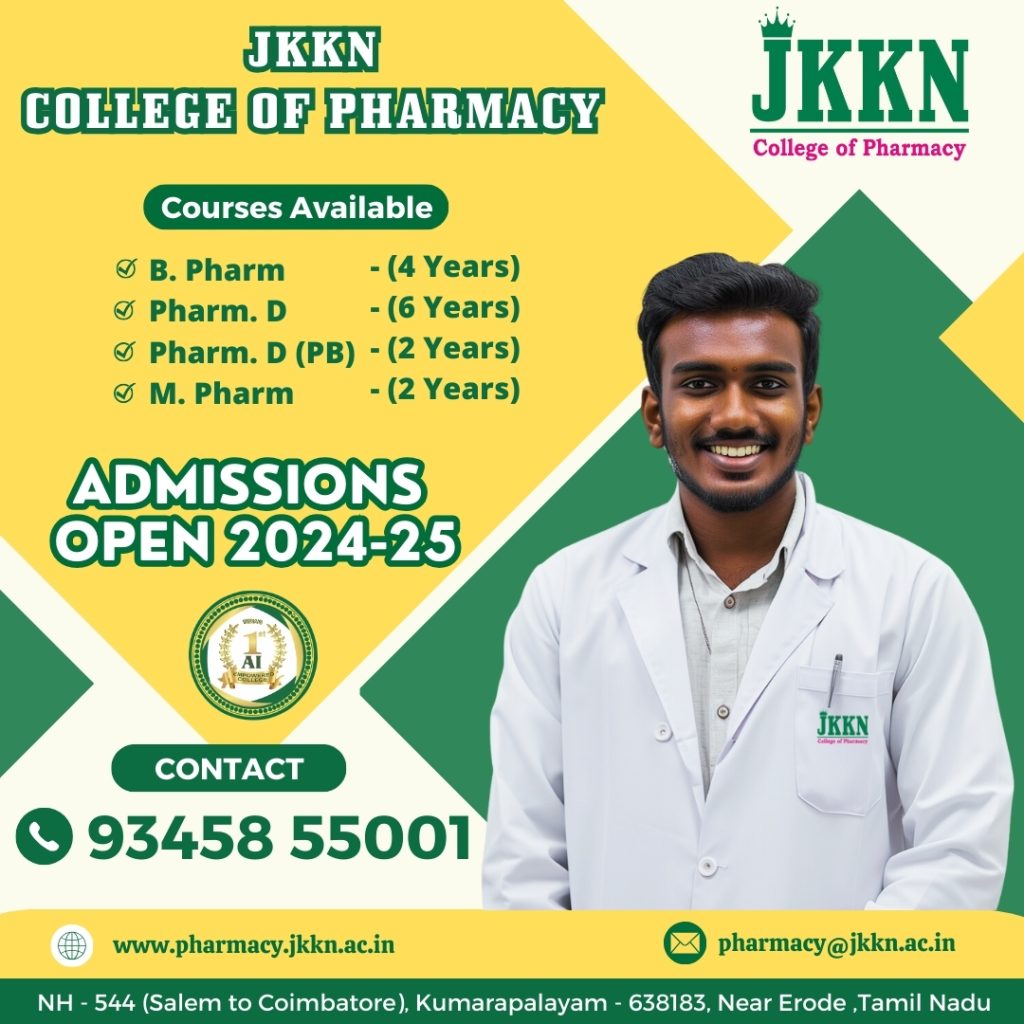II PHARM. D/PHARMACOGNOSY AND PHYTOPHARMACEUTICALS- THEORY
After a successful completion of the course the students will be able to
| Course outcome number | Course Outcomes | Cognitive level |
| CO1 | Outline the history, scope of pharmacognosy, cell wall constituents, primary and secondary metabolites. | C1 |
| CO2 | Explain the source, active constituents, method of preparation, method of cultivation, collection techniques and uses of different crude drugs. | C2 |
| CO3 | Classify the crude drugs, carbohydrates, proteins, lipids and method of adulteration. | C2 |
| CO4 | Apply the knowledge acquired about macroscopical, microscopical and powder analysis for the identification of crude drugs, extraction of fixed oils by suitable methods, | C3 |
| CO5 | Analyze the quantity of proteins by appropriate method of analysis. | C4 |
| CO6 | Evaluate the purity and quality of fixed oil by applying the suitable method of chemical analysis. | C5 |
| CO7 | Create visual representations, such as charts, diagrams, and key features of macroscopical, microscopical and powder analysis for crude drugs. | C6 |
Remembering (C1), Understanding (C2), Applying (C3), Analyzing (C4), Evaluating (C5) and Creating (C6)
PHARM. D/PHARMACOGNOSY AND PHYTOPHARMACEUTICALS-PRACTICAL/II YEAR
After a successful completion of the practicals the students will be able to
| Course outcome number | Course Outcomes | Psychomotor Level |
| CO1 | Follow the procedure for histochemical identification of the various cell wall constituents and cell inclusions. | P1 |
| CO2 | Carry out the chemical tests to identify the different unorganised crude drugs. | P2 |
| CO3 | Complete the analytical procedure for determining the saponifiable and unsaponifiable matter. | P3 |
| CO4 | Apply the skills acquired about macroscopical, microscopical and powder analysis for the identification of crude drugs | P4 |
| CO5 | Determine the quality of given oil by performing acid value, iodine value and saponification value. | P5 |
Imitation (P1), Manipulation (P2), Precision (P3), Articulation (P4) and Naturalization (P5).


